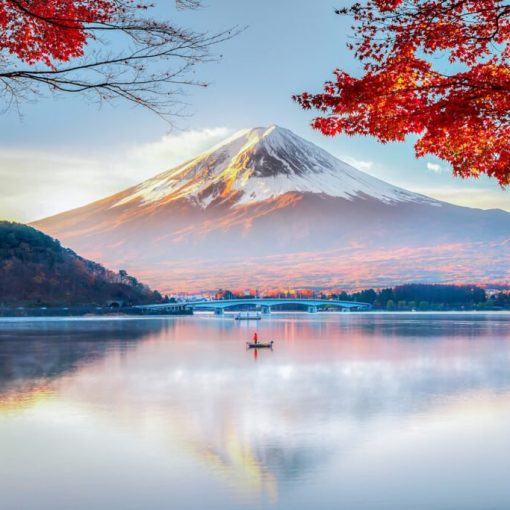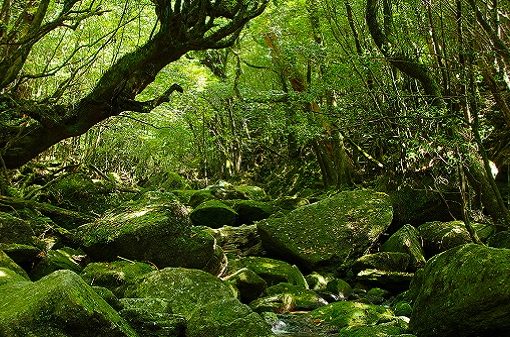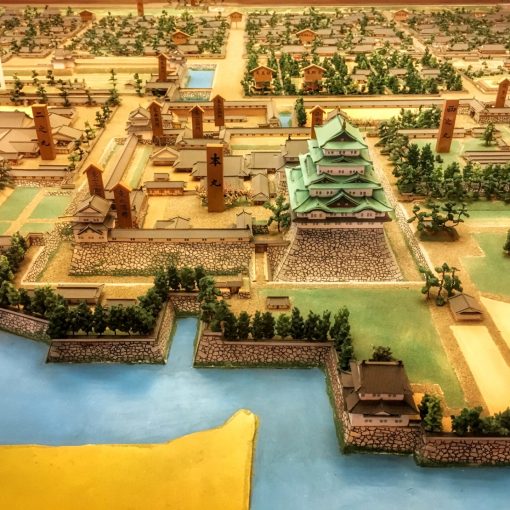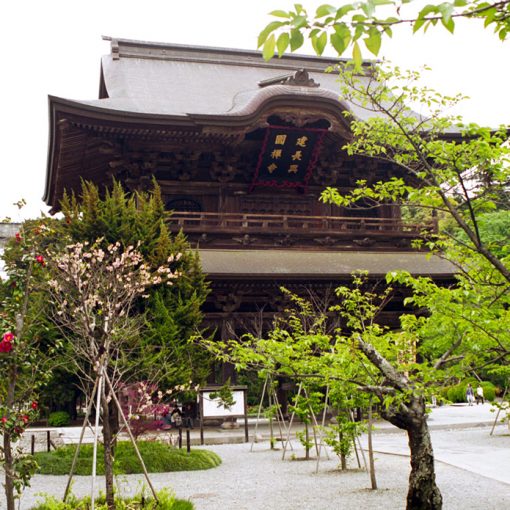Kyushu is a region of Japan that includes the islands of Kyushu and Okinawa. The largest city is Fukuoka, where 10% of the region’s population lives (more than 1.5 million). Other major cities are Kitakyushu, Kumamoto, Kagoshima, Nagasaki. The region boasts that there is an active Aso volcano on its territory, whose huge caldera measures 24×18 km, there are 17 cones inside the giant, and the landscapes around it are mesmerizing.
This is a popular tourist spot. Another delightful object of Kyushu is Lake Ikeda. It is located in the crater of an extinct volcano and has an area of 11 km². For lovers of mysterious places, the region has prepared a trip to the Bloody Pond. It is located in the city of Beppu (Oita Prefecture) and attracts with hot springs – there are 7 of them. The water in it is red due to the content of magnesium and iron in the water. Near the pond there are many souvenir shops selling soap and creams based on healing “bloody” water.
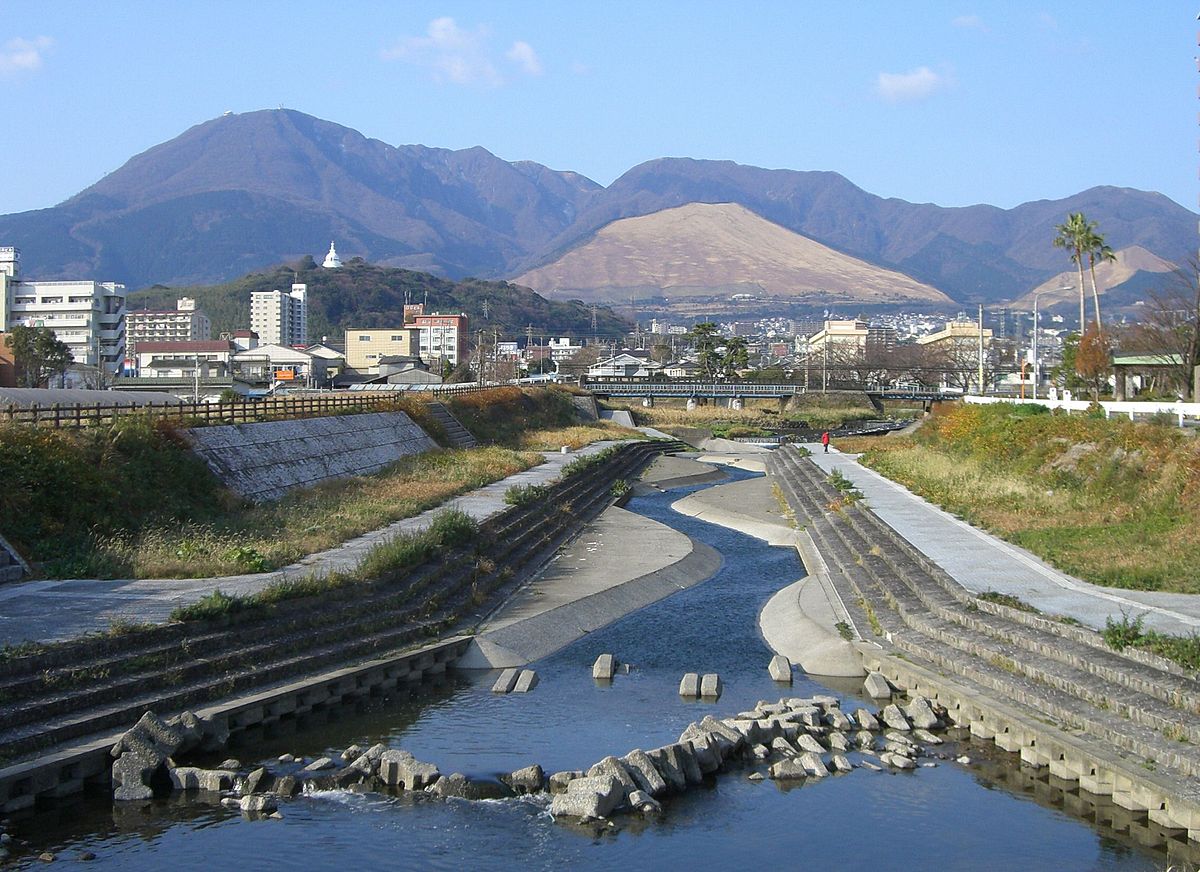
Hot mineral springs in the city of Beppu, Oita Prefecture, account for 8% of all thermal springs in Japan. More than 2,300 hot springs spewing 80,000 liters of water every minute. Just look at the puffs of steam billowing over the cityscape to realize that you have arrived at one of the world’s largest onsen.
The city is home to eight major geothermal springs, collectively known as Beppu Hatto. These are Beppu, Hamawaki, Kannawa, Myoban, Kankaiji, Kamegagawa, Shibaseki and Horita onsen. Each onsen is unique in both its water and history.
Beppu Hatto’s main source is Beppu, located right in the bustling downtown area that stretches from the JR Beppu train station along the Kitahama Strip on the west coast of Beppu Bay. The devastation of the war years bypassed the city of Beppu. The original “lattice” buildings, which were part of the urban redevelopment carried out at the beginning of the 20th century, have been preserved here. Wander the sidewalks and alleyways, discover delightful public baths and gift shops.
Basic information
Oita Prefecture is located in northeastern Kyushu. It borders Miyazaki Prefecture to the south and Kumamoto and Fukuoka to the west. It is washed by the waters of the Inland Sea from the north and east. The territory is mountainous. In the south is part of the Kyushu mountain ranges, in the north – a chain of volcanic mountains. Low-lying areas stretched along the sea coast. The climate is generally mild, with high rainfall on the east coast.
Oita Prefecture in the view of the Japanese is associated primarily with resort holidays. In the town of Beppu, where the Japanese flock every year, there is fertile and exquisite mountain nature, the generosity of the earth, splashing healing waters and mud on the surface, and an abundance of cultural programs for visitors.
Once the territory of the present Oita prefecture was divided into two provinces Buzen and Bungo, which in turn were divided into countless feudal domains.
Their history can be traced by visiting the cozy towns of this part of Kyushu. But by its nature, Oita remained mainly a pastoral agrarian province that grows rice, vegetables, and tangerines. Forestry and fishing contribute significantly to the prefecture’s economy.
The emerging large industrial enterprises, chemical, metallurgical and wood processing, failed to radically change the appearance of the prefecture.
In Hijimachi City, Oita Prefecture, there is a Honda factory for the production of car parts, focused on the employment of people with disabilities.
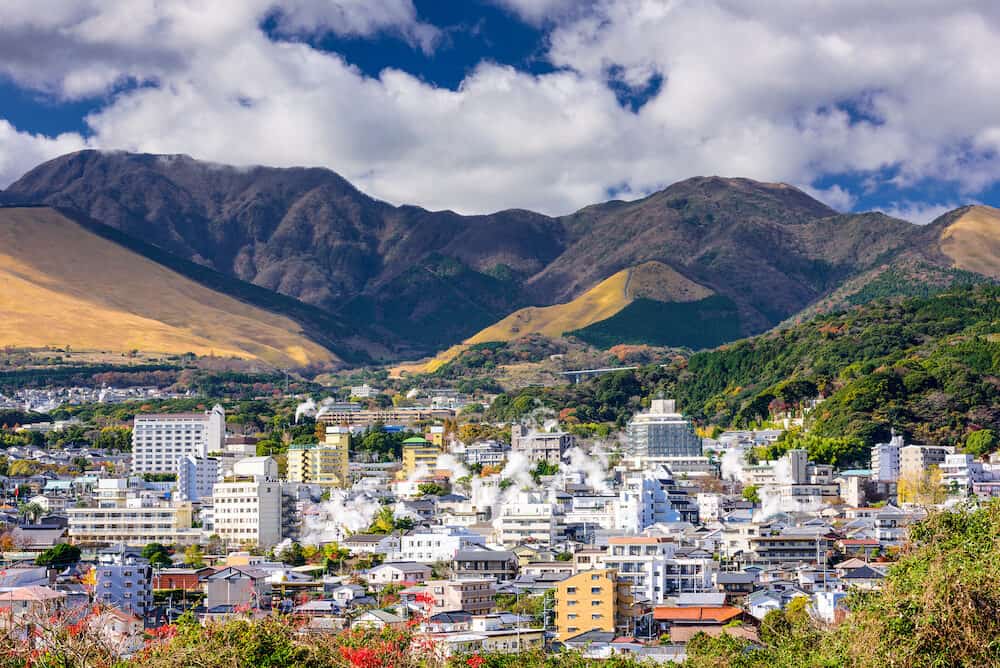
The prefectural capital is Oita City. It used to be the seat of the Otomo feudal clan that ruled Bungo Province. Portuguese merchants in the 16th century regularly visited these places, and with them Christian missionaries. Therefore, the province of Bungo much earlier than the rest of Japan got acquainted with European medicine and culture.
Old Oita was out of luck. American bombing during the Second World War caused significant damage to its quarters. But in 1963, having united with five adjacent cities, it turned into a large city with a population of 420 thousand people.
Of course, far from all the historical relics of Japan have been restored. So, to this day, Funaidze Castle, built in 1599, lies in ruins. It was surrounded by a moat connected to the Oita River, which made it possible to supply the citadel with provisions by water. Now only the ancient walls, surrounded by a park, remain from the castle.
Other attractions include the Aso-Kuju and Inland Sea National Parks, several quasi-national and prefectural parks, Yabakei Gorge, Mount Yufudake, and the Kunisaki Peninsula. In the areas of Kunisaki and Usuki, there are many ancient Buddhist statues made from huge boulders.

